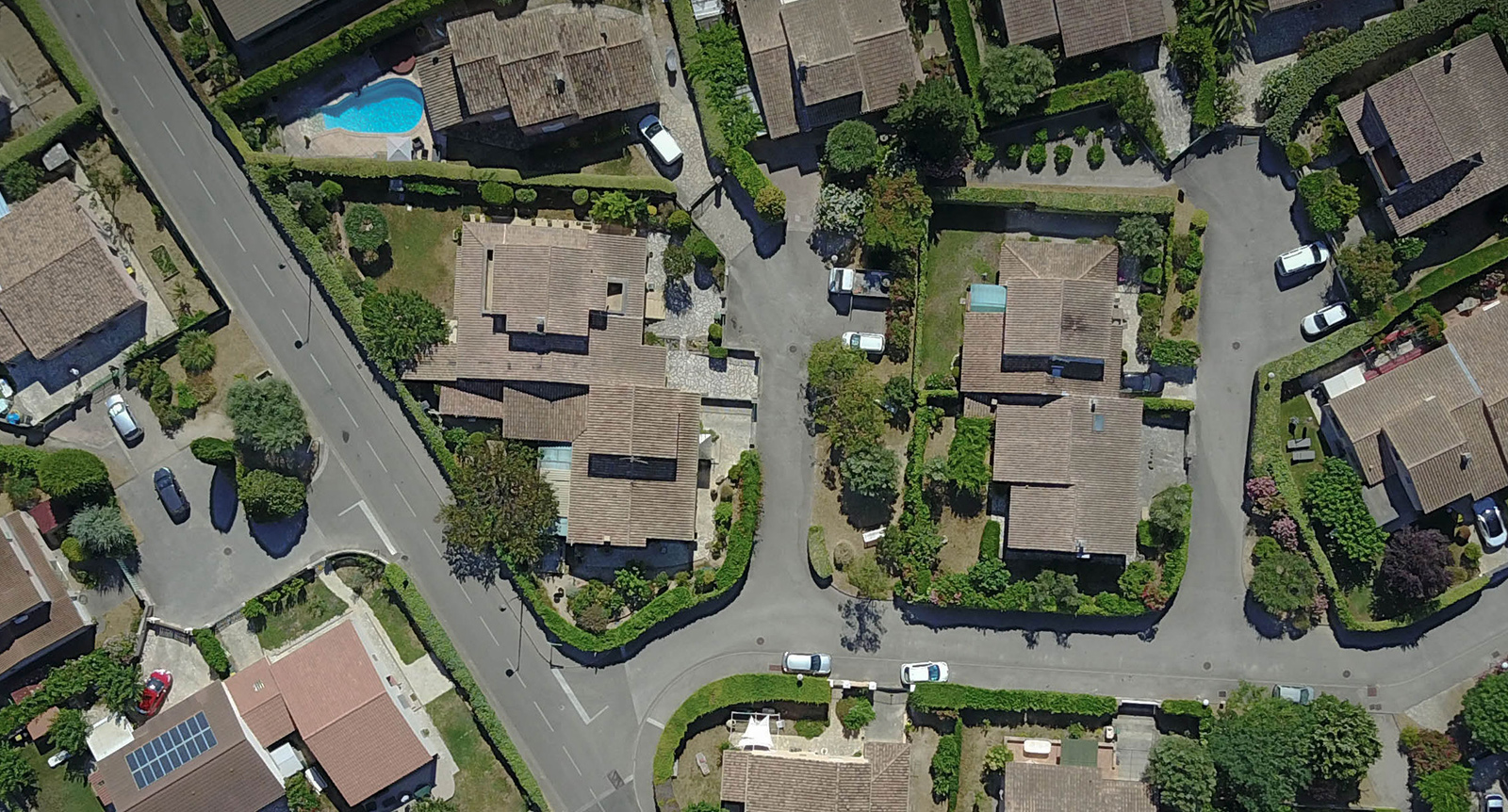After World War II, radical changes in the policies of urban development, driven largely by America’s love affair with the automobile, brought about dramatic and detrimental changes to our towns and cities. While other developed countries continued to subsidize and expand public transportation, the United States slashed subsidies to public transportation systems while pouring money into new highways and roads. These new roads promised easy access to work in the city from idyllic homes in the countryside.
Compounding the negative impact on public transportation systems were policies that subsidized the expansion of utility systems into the suburbs rather than encouraging the redevelopment of neglected areas close to urban cores where utility and road systems were already in place. These subsidies made flight to the suburbs affordable since the true costs of this suburban expansion were passed on to the taxpayers rather than to suburban developers.
At the same time that public policy was subsidizing suburban sprawl, new zoning ordinances were designed to discourage mixed use development in these new neighborhoods. These zoning ordinances prohibited apartments, duplexes, and retail from being built in proximity to single family houses. In general, these ordinances require larger houses, larger lots with larger setbacks, and unnecessarily wide roadways, often with no sidewalks. The number one priority became the accommodation of the automobile. Seventy years of these kinds of policies have helped create a nation of clogged highways, urban decay, pollution, segregated neighborhoods, obesity, loneliness, isolation, and a lot of ugliness.
Segregated housing patterns are one of the most damaging aspects of automobile-driven decision making. Vibrant neighborhoods house people of different ethnicities, economic means, and ages. Good public transportation provides for the interaction of people of all backgrounds and economic class. Automobile transportation is cultural isolation.
Fortunately, many cities are rethinking the kinds of public policies that helped create these suburban monoliths. Organizations such as the Congress for New Urbanism advocate for a more holistic approach to development including mixed use development and walkable communities with easy access to public transit. Cities and communities with a high walk score correlate with the highest real estate values in the country: New York, San Francisco, Boston, Miami, Philadelphia, Chicago, Washington DC, Seattle, Oakland, and Long Beach.
Another national trend is that of empty nesters and baby boomers moving back into walkable urban centers. Futurists predict that the vast suburban sprawl encouraged by public policy in the past will become the cultural slums of the future.
Gwilym Pryce writes in “Poverty is moving to the suburbs – the question is what to do about it,” that “the conventional image of suburbia is one of bland affluence and social homogeneity. Suburbs are where the middle classes aspire to make their nests. They are the idealised safe havens for raising children and growing old. They are where white people migrate to flee ethnic diversity. Suburbia is where nothing happens.”
How ironic it is that the automobile, the ownership of which represents the ultimate example of the American dream, has created so many nightmares for today’s policy makers? Many of the social and development problems we confront today were the direct results of policies driven by our infatuation with the automobile: hours of commute time not spent with family, hideous strip developments, segregated neighborhoods and schools, minimal support for public transportation, pollution, and global warming. Hopefully, the renaissance of inner cities across America will reverse the long lasting damage inflicted by automobile-centric policy making.
This article was originally published in AMP News Online.




